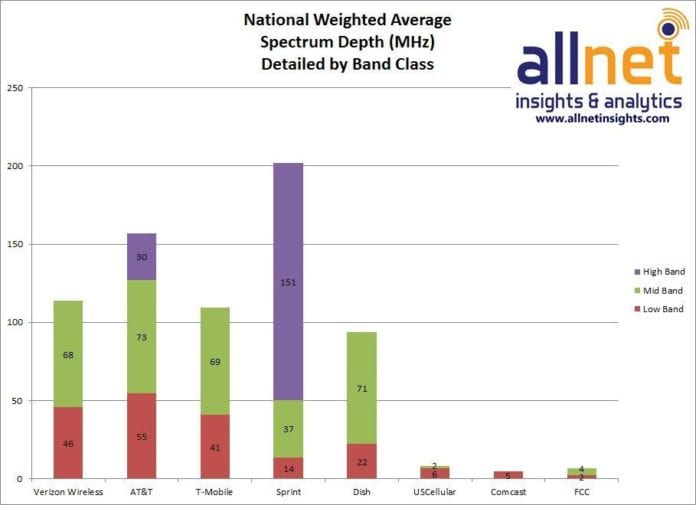It’s not just bandwidth and latency that are dictating the migration of industrial machine intelligence to the edge of the network. There are benefits in terms of compliance, security, and corruption, as well.
There are others, besides, but let’s stick with the rule of three. Repetition is the mother of learning, and three’s company, at least in prose. The IoT industry at large makes decent use of it as a marketing technique and a way to remember.
Commentators talk variously about the ‘velocity, volume, and variety’ of data, when describing the work of machines to make sense of it. Others describe IoT as an architecture to ‘create, collect, and consume’ data.
At a recent HPE showcase event in Geneva, we caught up with Tom Bradicich, the company’s vice president for servers, edge and IoT systems. He has a bunch of these, including his own three Cs, used to describe the ‘intelligent edge’ as an architecture to ‘connect’ assets, ‘compute’ data, and ‘control’ operations.
Bradicich has three Ms, too, he tells me. “Monetise, manage, and then monitor,” he says. “The value has to be related to the cost.” He has three ‘edges’ too – in the operational (OT) domain, in the IT domain, and somewhere between the two, amid new IoT architecture. It is fine by me – it gets to the point, and scans on page.
He has sixes (“types of connectivity”) and sevens (“reasons to compute at the edge”), as well – and decent analogies, to boot. Quickly, not to waste a well-judged analogy, his description of ‘composability’, in relation to infrastructure design, and specifically HPE’s own modular compute and storage components, is worth a look.
“Use all you buy, and buy only what you need,” he says. “Because Lord knows, it is rarely that way. I bought a can of spices, and it’s been sitting there for years.”
This article actually takes Bradicich’s seven, and reduces them to an auxiliary rule-of-three (extra benefits, to go beside the main two). Latency and bandwidth are well understood as reasons to beef up edge systems.
The two that have been dropped from the original list – cost and duplication – are rather precipitated by the efficiencies achieved by bringing the heavy grunt of data analytics closer to the action.
These other three factors, described below, and credited to Bradicich, are less often cited. They have less to do with the production line – they are less about making the engine hum than about clearing the road, so the wheels can roll.
Compliance
“There are laws or policies in certain countries governing the regional transfer of data. Companies that embrace IoT often run up against such compliance issues.”
Security
“If you are going to send data all over the place, it will be vulnerable to attacks and breaches. Already, hackers have found ways to breach everything from cars to baby monitors that are connected to the internet.”
Corruption
“Even without any nefarious activity from hackers, data will be corrupted on its own. Retries, drops and missed connections will plague edge-to-data-centre communications. Obviously, that’s a bigger deal for mission-critical applications.”
A new report and webinar on edge computing in industrial IoT setups, called AI and IoT at the cutting edge – when to move intelligence closer to the action, is available; go here for the report, go here for the webinar.

